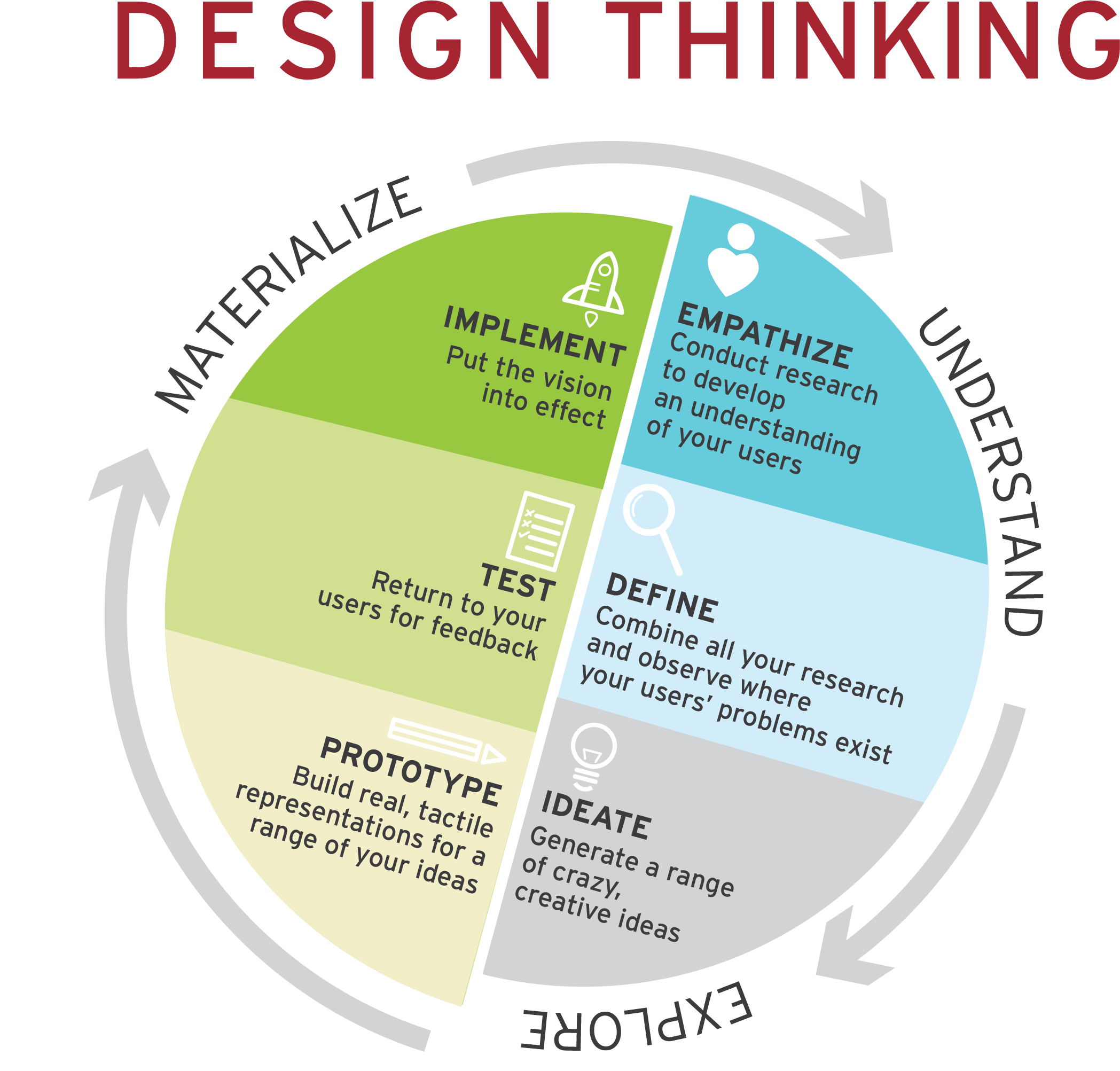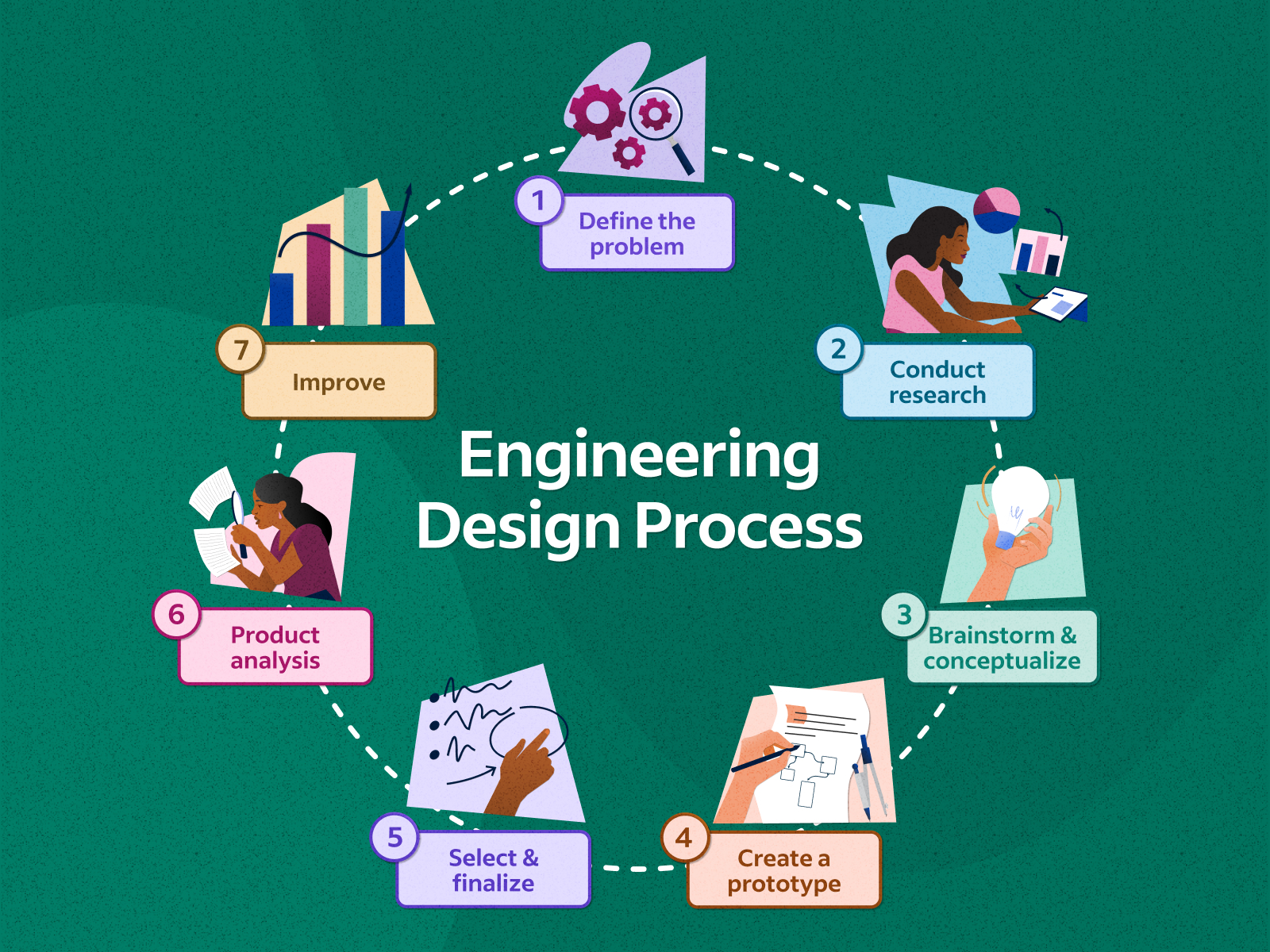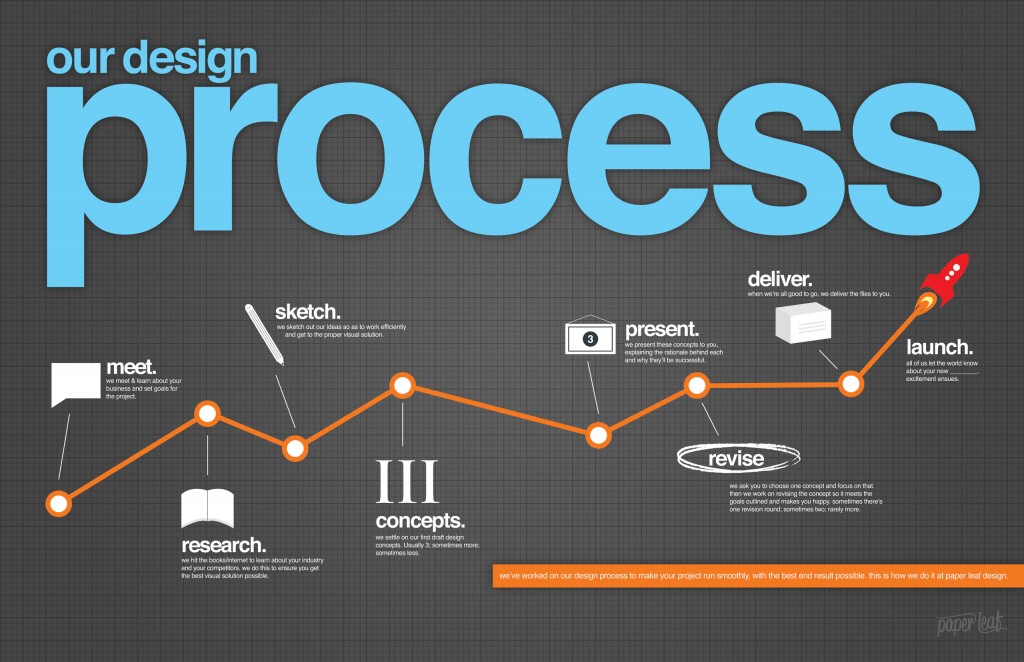Table Of Content

These two terms are often used together, because they complement one another. However, they’re two different things, so understanding their differences is important. Collect sketches, take photographs and gather data to start giving you inspiration. You can’t find a solution until you have a clear idea of what the problem is. Students investigate Python and Jupyter Notebook to analyze real astronomical images in order to calculate the interstellar distance to a star cluster across the Milky Way from our own Solar System.
References and Where to Learn More
Moreover, it can also decide that they live on the same screen so that users can securely double-check all the details of their transaction before confirming. From the set interaction, the User Interface translates the types of elements (buttons, labels, inputs) that drives the user from one step to the next step. And, Navigation Design uses the information architecture to visually organize these elements not only from screen to screen, but from element to element. When we think of the design process, we should think about three components that are characterized by three different guiding questions. "These loops happen everywhere; how we can see these loops is as quality assurance... They mean you can always go back and start the process again," while generating multiple ideas along the way.

Can Be Time- and Resource-Intensive
Design thinking refers to human-centric approaches used to solve problems and address roadblocks in the design process. It can be applied to various types of problems inside and outside product design, and works to be solution-based rather than problem-based. Design thinking can necessitate some upfront risk, creativity and increased collaboration amongst teams and users to make the practice effective. As such, this makes it potentially difficult to adopt for businesses with a hierarchical culture. A hierarchical organizational culture tends to be risk-averse and sticks to known procedures, which can restrict the innovative endeavors encouraged by design thinking. As a designer, you might invite your colleagues from other departments to harness a diversity of ideas.
Design thinking tools and templates to help you get started
What is an entity relationship diagram (ERD)? Definition from TechTarget - TechTarget
What is an entity relationship diagram (ERD)? Definition from TechTarget.
Posted: Mon, 28 Feb 2022 22:03:07 GMT [source]
This course contains a series of practical exercises that build on one another to create a complete design thinking project. What’s equally important is you can use your work as a case study for your portfolio to showcase your abilities to future employers! A portfolio is essential if you want to step into or move ahead in a career in the world of human-centered design.
Design Thinking: New Innovative Thinking for New Problems
Students use the engineering design process to design a bridge out of silkworm cocoons that can hold at least 50 grams. Students can use other materials to supplement the silk bridge, but have a $10 budget. In some cases, a feasibility study is carried out after which schedules, resource plans and estimates for the next phase are developed. The feasibility study is an evaluation and analysis of the potential of a proposed project to support the process of decision making. It outlines and analyses alternatives or methods of achieving the desired outcome.
Engineering Design Process Steps
User Scenarios and Storyboarding help us to analyze various life situations in which a user can come into contact with a product. The following techniques can assist us in the creation of a clear picture of a user’s motivations, behavioral patterns, and goals. Thanks to this, we will be able to consider a product from the users’ perspective, to understand them better and eventually to create a user-oriented design decision. The design sprint is Google Ventures’ version of the design thinking process, structured to fit the design process in 1 week. A design sprint is a 5-day intensive workshop where cross-functional teams aim to develop innovative solutions. A graphic design process includes a normal planning step where you gather content, text, images, requirements, printing specs, etc.
One problem requires that they maintain the warm temperature of one soda can filled with water at approximately human body temperature, and the other problem is to cause an identical so... Students' understanding of how robotic ultrasonic sensors work is reinforced in a design challenge involving LEGO® MINDSTORMS® EV3 robots and ultrasonic sensors. Student groups program their robots to move freely without bumping into obstacles (toy LEGO people). Working individually or in pairs, students compete to design, create, test and redesign free-standing, weight-bearing towers using Kapla® wooden blocks. The challenge is to build the tallest tower while meeting the design criteria and minimizing the amount of material used—all within a time limit.

How to run remote user research (like a boss!)
Students design and create sensory integration toys for young children with developmental disabilities—an engineering challenge that combines the topics of biomedical engineering, engineering design and human senses. Students learn the steps of the engineering design process (EDP) and how to use it ... The engineering design process, also known as the engineering method, is a common series of steps that engineers use in creating functional products and processes.
What he saw led him into the design thinking process, proposing solutions and even welding his own prototypes to collect data. Design thinking lets designers discover what solutions are most effective early on in a product’s development, reducing mistakes and making for a possibly higher ROI down the line. Without design thinking, a designer may make a product decision based only on quantitative data or perceived user wants, which can make for increased risk of product dissatisfaction upon release. Plus, design thinking’s ability to test multiple decisions before release means designers can invest properly into what their users need, instead of applying quick fixes or guessing on how to make a product succeed. Students follow the steps of the engineering design process to design an improved smartphone case. As if they are materials engineers, they evaluate how to build a smartphone case and study physical properties, chemical properties, and tessellations.
The challenge is to make the vehicles entirely out of dry pasta using only adhesive (such as hot glue) to hold the components together. Students brainstorm, design, and build a cooler and monitor its effectiveness to keep a bottle of ice water cold in comparison to a bottle of ice water left at room temperature. Students engage in design by choosing from a range of materials to build their prototype. The scientific method is reviewed and reinforced with the use of controls and...
Using the engineering design process, students act as material engineers to create hockey sticks that have different interior structures using multiple materials that can withstand flexure testing. Students experience the steps of the engineering design process as they design solutions for a real-world problem that negatively affects the environment. They use plastic tubing and assorted materials such as activated carbon, cotton balls, felt and cloth to create filters with the capability to re... Using ordinary classroom materials, students act as biomedical engineering teams challenged to design prototype models that demonstrate semipermeability to help medical students learn about kidney dialysis. A model consists of two layers of a medium separated by material acting as the membrane.


No comments:
Post a Comment